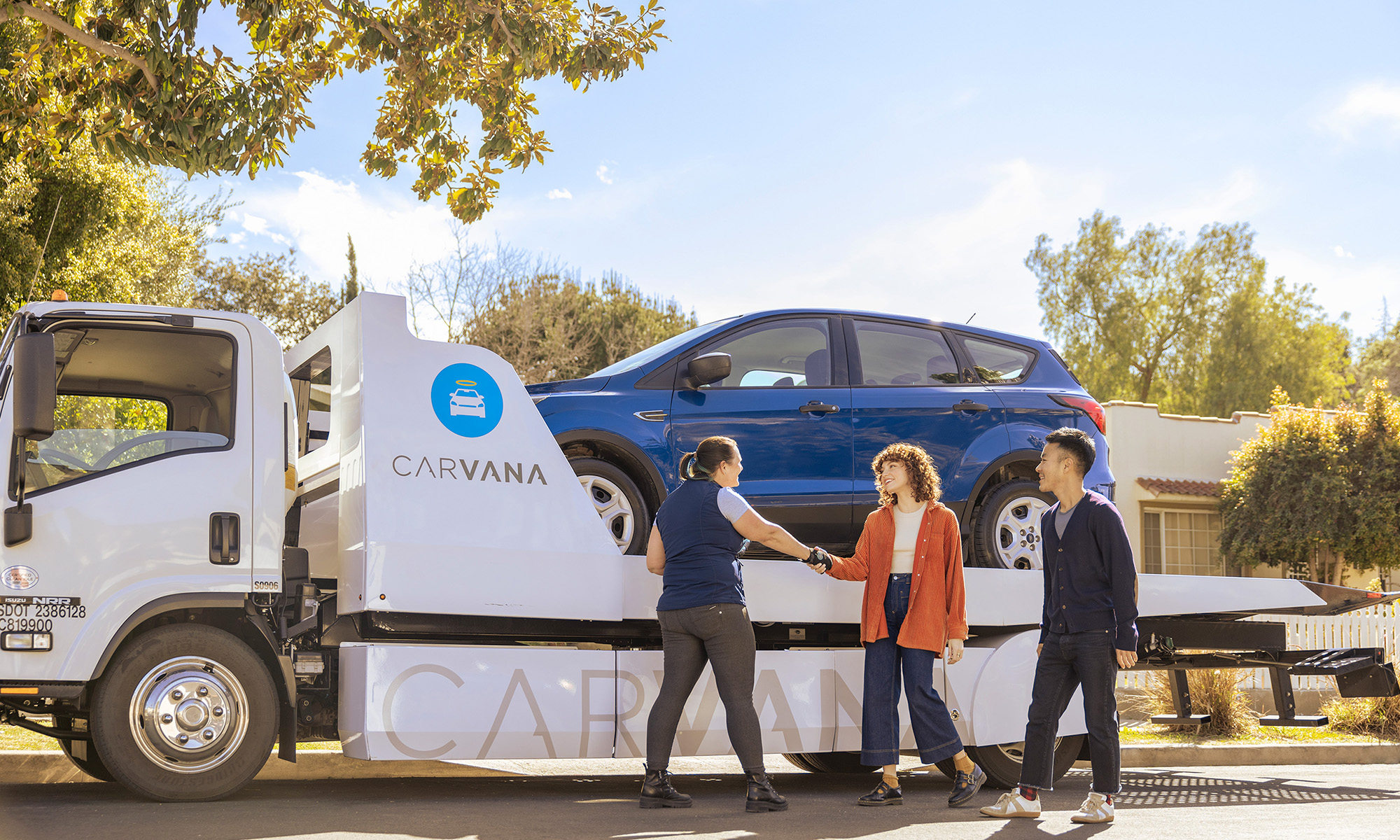What happened
Shares of Carvana (CVNA +0.31%) gained a whopping 91% through the first six months of the year according to data from S&P Global Market Intelligence, as the online used car dealer continued to put up impressive growth numbers.
No single event drove the company's gains. Rather, the disruptive car dealer benefited from strong quarterly growth, ongoing expansion across the country into new markets, its novel vending machines, and a recovery from the market sell-off at the end of last year.

Image source: Carvana.
Carvana's gains largely came in March and April, following the release of its fourth-quarter earnings report at the end of Februrary.
So what
Carvana's surge started on Feb. 28, when the stock gained 7.3% after its fourth-quarter earnings report came out. The company showed off 105% growth in units sold to 27,750, while revenue jumped 121% to $584.8 million. The company remained unprofitable in the quarter as it invests in growth, posting a per-share loss of $0.55 against estimates of a $0.49 loss, but the market was willing to overlook that as Carvana continues to deliver incredible top-line growth.
The market also seemed to like Carvana's guidance for fiscal 2019, calling for a 70%-75% increase in units sold to 160,000-165,000, and a 74%-79% increase in revenue to a range of $3.4 billion to $3.5 billion. The company also expects to expand to 50-60 new markets this year, giving it a total of 135-145 markets, or coverage of 65% of the U.S. population.
The stock added to those gains days later, following an analyst note endorsing its online sales model, and a sign of improving profitability in its credit business. Later in March, the company priced its first auto loan securitizaiton, opening up another potential revenue stream.
The stock marched higher in April when the company announced several expansions across the country, and rose after the first-quarter earnings report came out after hours on May 8. In that report, the company said revenue jumped 110% to $755.2 million, beating expectations, as units sold rose 99% to 36,766. Management raised its full-year guidance to revenue growth of 79%-84%.
However, the stock peaked there and fell sharply two days later, possibly over valuation concerns. Later in May, the stock dipped after the company announced a secondary stock offering.
Now what
Carvana shares are now up more than 500% since its IPO a little more than two years ago. The company's growth clearly demonstrates that its model is resonating with customers, and not many companies can match a track record of 21 straight quarters of triple-digit revenue growth.
However, the stock is heavily shorted, and questions about its profitability remain, given that used-car retail is traditionally a low-margin business. Carvana believes it can eventually sell 2 million cars a year, more than 10 times its forecast for 2019. If it can reach that goal, the profit question should take care of itself.







